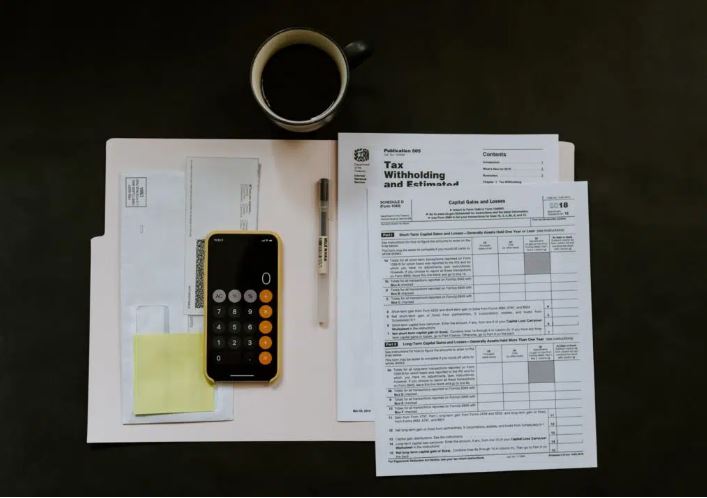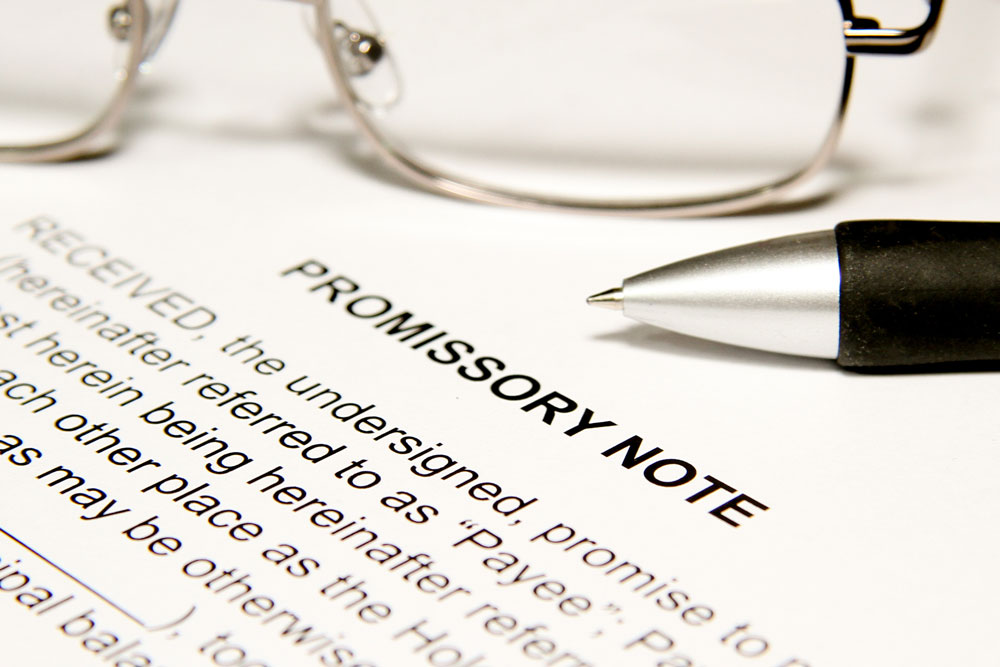How To Avoid Taxes with a Self-Directed IRA Part 1: Collectibles

Retirement plans have a built-in incentive: tax savings. This could be a tax deferral with a Traditional Self-Directed IRA or full tax freedom on growth with a Self-Directed Roth IRA. In either case, you don't want to ruin your economic gain by doing something that the IRS will charge you for. This is especially true in Self-Directed IRA. Investors have more freedom to make their money grow, but that means they also have an increased responsibility to know what the rules are. The IRS (in a great turn toward consumer-friendly content) has published the main danger spots online for easy access to consumers in Publication 590-B. Let's take a look at some of these transactions and find out how to avoid them.
The Collectible Conundrum
Any Self-Directed IRA investor wants growth in their account, and collectibles can often provide eye-watering numbers. One example is the work of Gerhard Richter. A popular contemporary artist, his painting A.B. Still was sold in 1991 for $264,000. Then, it was auctioned off in 2020 for $33,987,500! With numbers like that, who wouldn't want to take a chance on art? Well, apparently, the IRS wouldn't. In an effort to have retirement investors focus on more conservative assets, the IRS forbids investing IRA funds in any collectible. Some experts claim that art became a prohibited investment in response to war looting: The government didn't want this oft-stolen asset to be shielded in a private retirement account. Whatever the true reason is, the reality is that your Self-Directed IRA cannot purchase art.
Which Collectibles Are Prohibited in a Self-Directed IRA?
Now, "collectible" is a fairly generic term, and it can include a lot of different assets. (The case can be made that some people like "collecting" huge amounts of dollars in their bank accounts.) In recognition of this fact, the IRS provides an item-specific list of collectibles that are off-limits to your Self-Directed IRA. These include:
- Artworks - All types of art fall under this rule, including paintings, sculptures, and installations.
- Rugs – High-priced rugs are an up-and-coming investment collectible. The Clark Sickle-Leaf Carpet was sold for $33 million at an auction in 2013!
- Antiques – Interested in investing in a small washing bowl? In 2017, Sotheby's sold a Ru Guanyao brush-washer bowl, a 900-year-old Chinese antique, for $37.68 million in a Hong Kong auction.
- Metals and Coins – There are some exceptions, but most precious metals are off limits. Metals in general are prone to consumer abuse, and designating them as a forbidden collectible is a legitimate move by the IRS. Still, if a Self-Directed IRA investor wants to diversify with precious metals, the IRS allows the investment with some very tight standards. The IRS explicitly permits gold coins that are minted by the Treasury Department with the weight of one, one-half, one-quarter, or one-tenth of an ounce. Other permissible metals include certain platinum and silver coins and specific types of bullion. In all cases, check with a tax expert before your purchase to ascertain that it will not in any way negatively affect your Self-Directed IRA.
- Gems - Much like precious metals can experience steep climbs in price, gem values can also vary based on the collectors' market. In 2016, a 14.62-carat blue diamond known as "The Oppenheimer Blue" sold for $57.5 million.
- Stamps - : One of the classic collectible categories, stamps continue to fetch astounding prices at auction. The rare British Guiana 1c Magenta was sold by Sotheby's in 2021 for $8,307,000.
- Alcoholic Beverages - A bottle of Screaming Eagle Cabernet Sauvignon 1992 can be yours for as little as $500,000. However, you would have to drink it or find somewhere else to put it; it can't go in a Self-Directed IRA.
Consequences of Investing in Collectibles
If your Self-Directed IRA did invest in one of these collectibles, what would the consequences be? To start with, the amount spent on the collectible is designated as a distribution and thus incurs tax liability. Depending on the circumstances (the age of the account holder, etc.), there may also be an additional penalty of 10% for early distribution.
How Do I Avoid Taxes With a Self-Directed IRA? Don't Invest in Collectibles Directly.
If your passion and expertise lie in one of the collectible fields, you can still advantage of that to grow your retirement funds. Although your Self-Directed IRA may not invest directly in collectibles as an asset, it may invest in a private company that sells collectibles.
Finding other private "collectible" companies for your Self-Directed IRA is also possible. There are a number of wine and liquor companies that you can invest in. And certainly, there's no shortage of gem and diamond companies that exist. Obviously, you'll have no say in the asset acquisitions of these companies, but you can use your expertise to evaluate them as a business and determine their chances of success.









